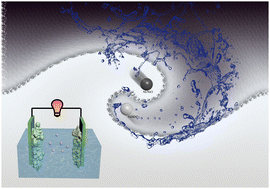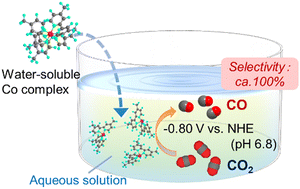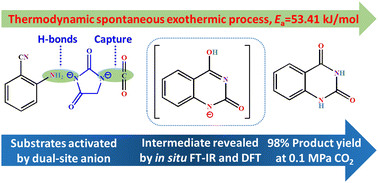Chem. Commun., 2023, 59,12231-12247
DOI: 10.1039/D3CC03284A, Feature Article
DOI: 10.1039/D3CC03284A, Feature Article
Jeremy Money, Juan G. Munguia-Fernández, Sepideh Norouzi, Mohsen Esmaeili, José A. Martínez-González, Monirosadat Sadati
A discussion of the influence of spatial confinement and curved boundaries on the photonic properties of Blue Phase soft nanocrystals.
The content of this RSS Feed (c) The Royal Society of Chemistry
A discussion of the influence of spatial confinement and curved boundaries on the photonic properties of Blue Phase soft nanocrystals.
The content of this RSS Feed (c) The Royal Society of Chemistry

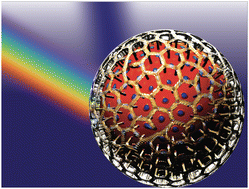

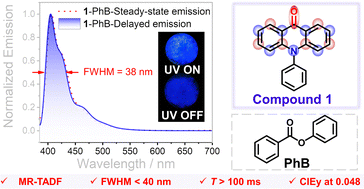
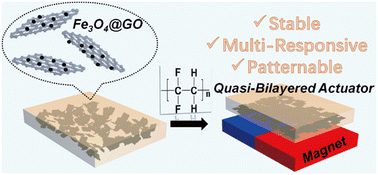
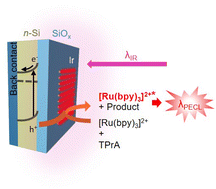
 Open Access
Open Access

